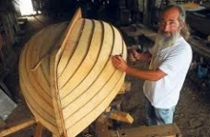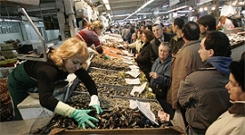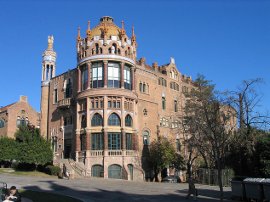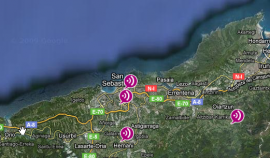






- The tertiary sector: services for our wellbeing

Help

- Menu on left(in order from top to bottom): first page of the sequence (home) icon, letter size icon, print icon, help icon and index icon.
- Name of material and title of the section bar.
- Arrows for navigation (next or last page).
- Space for content.
Autor:
Lorem ipsum dolor sit amet, consectetur adipisicing elit, sed do eiusmod tempor incididunt ut labore et dolore magna aliqua. Ut enim ad minim veniam, quis nostrud exercitation ullamco laboris nisi ut aliquip ex ea commodo consequat. Duis aute irure dolor in reprehenderit in voluptate velit esse cillum dolore eu fugiat nulla pariatur. Excepteur sint occaecat cupidatat non proident, sunt in culpa qui officia deserunt mollit anim id est laborum.
Copyright:
Lorem ipsum dolor sit amet, consectetur adipisicing elit, sed do eiusmod tempor incididunt ut labore et dolore magna aliqua. Ut enim ad minim veniam, quis nostrud exercitation ullamco laboris nisi ut aliquip ex ea commodo consequat. Duis aute irure dolor in reprehenderit in voluptate velit esse cillum dolore eu fugiat nulla pariatur. Excepteur sint occaecat cupidatat non proident, sunt in culpa qui officia deserunt mollit anim id est laborum.
Resources
In this sequence we will be using:
A word processor |
A multiplatform word processor which is part of the group of applications in OpenOffice.org |
The search engine |
|
A site to publish ecos |
|
Woices tutorials |
|
Create Woices
Click on the image to start:
Informative text
Definition:
The expository text is also known as the informative text. It’s prime function is to transmit information. It is not limited
to simple data but adds explainations and descriptions with examples and analogies.
For this reason, it is used in all the sciences, physics, mathematics, biologies and social sciences, as the central objective of science is to provide explainations of the characteristic phenomena of each subject.
Create Woices
Click on the image to go on:
Create Woices
Click on the image to start:















